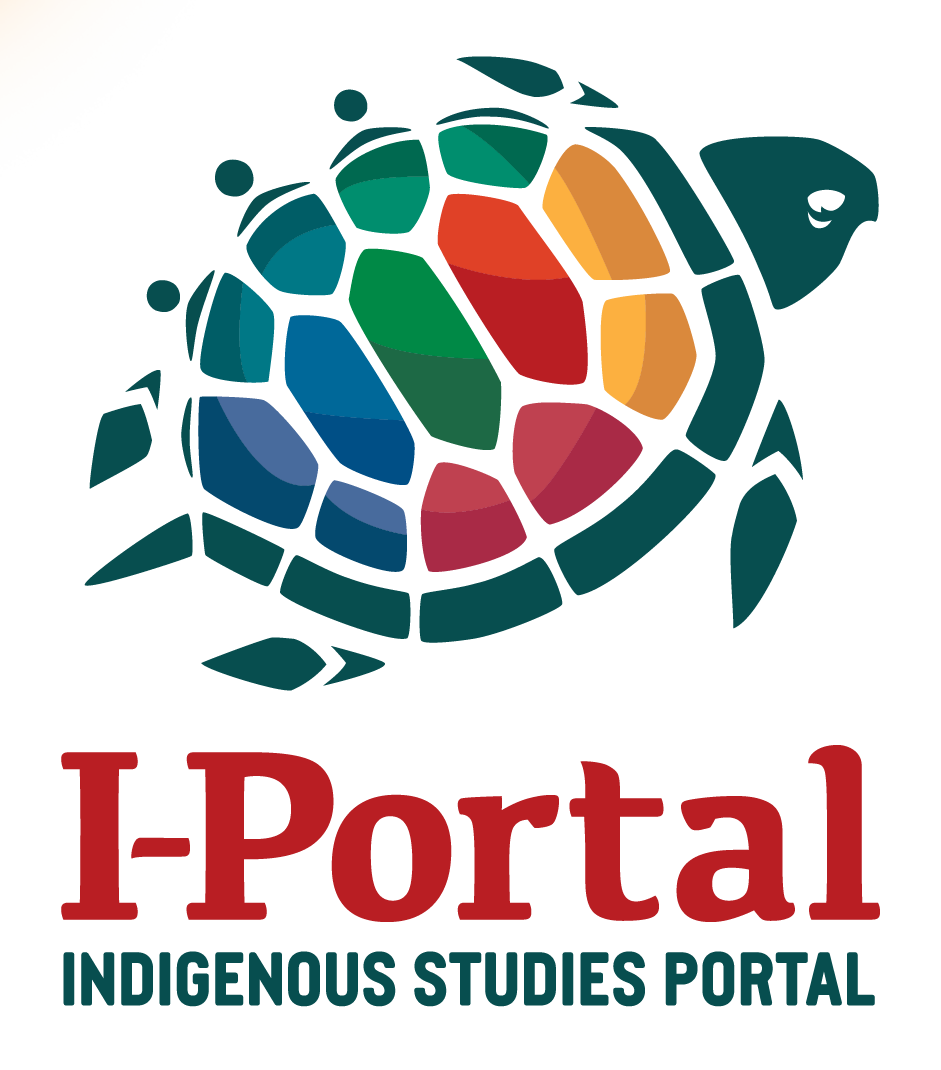Measurements of Navajo and Hopi Brain Dominance and Learning Styles
Articles » Scholarly, peer reviewed
Author/Creator
Robert W. Rhodes
Journal of American Indian Education, vol. 29, no. 3, May 1990, pp. [29-40]
Description
Student findings were significantly different from national norms as well as their non Native teachers.
